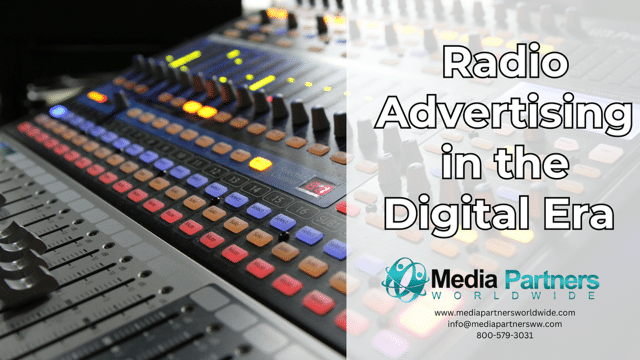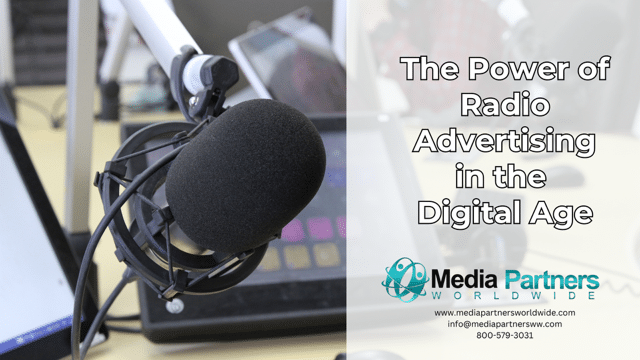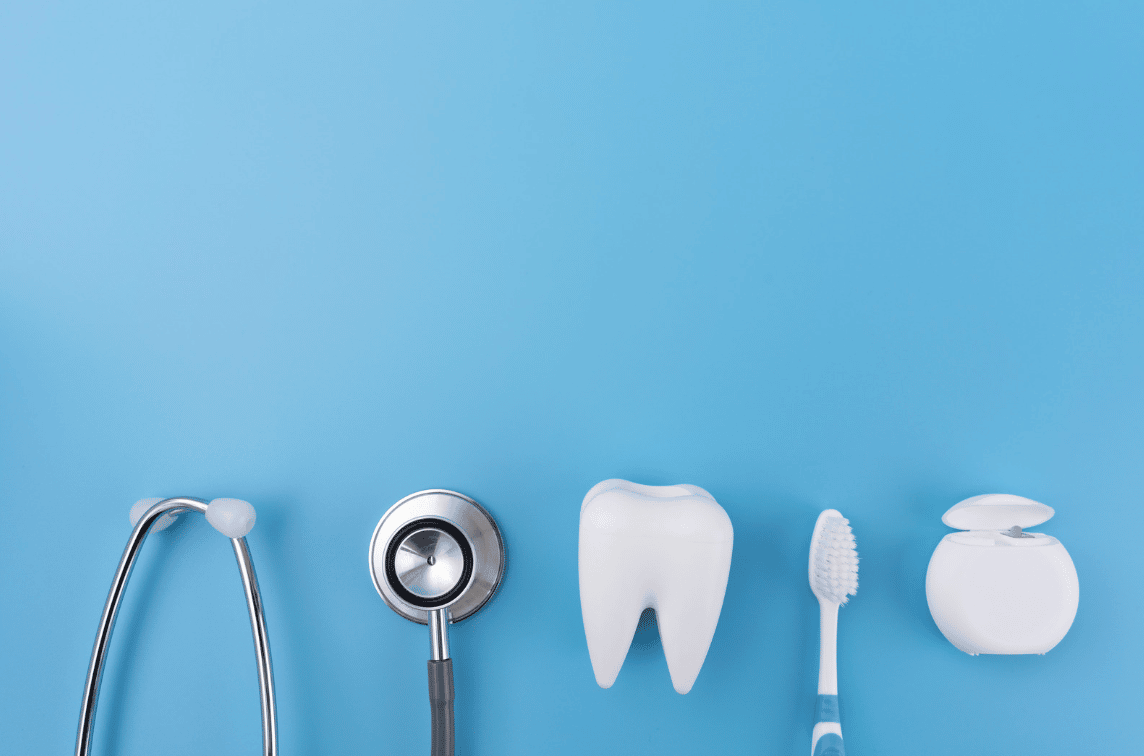In an age dominated by digital advertising, radio might seem like a relic of the past. However, the truth is far from it. Radio advertising continues to thrive and evolve, making it an evergreen medium that remains relevant in the digital era. In this blog post, we’ll dissect why the enduring power of radio advertising remains a valuable tool for marketers in today’s digital landscape.
- The Resilience of Radio: Radio has been a staple in the world of advertising for nearly a century. It has weathered the storms of technological advancements and emerged stronger. Despite the proliferation of digital channels, radio remains a robust and cost-effective option for advertisers.
- Wide-reaching Audience: One of the key strengths of radio is its ability to reach a broad and diverse audience. Radio stations cater to various demographics and niches, allowing advertisers to target specific markets effectively. Whether it’s talk radio, music stations, or podcasts, there’s a radio format for every audience.
- Local and Hyperlocal Targeting: Radio is an ideal platform for local businesses looking to connect with their community. Stations often have a loyal local following, making it an excellent choice for hyperlocal advertising campaigns. This level of regional targeting is challenging to replicate through digital channels.
- Engaging Content: Unlike some digital advertising formats that interrupt the user experience, radio advertisements blend seamlessly with the content. Well-crafted radio ads become a part of the listener’s experience, making them more engaging and memorable.
- Cost Efficiency: Radio advertising offers a cost-effective alternative to some of the pricier digital advertising options. Marketers can reach a significant number of listeners without breaking the bank, making it an attractive choice for businesses with budget constraints.
- Complementing Digital Campaigns: Rather than competing with digital advertising, radio can complement online efforts. Integrated campaigns that include radio ads can reinforce brand messaging and enhance overall reach. It’s about finding the right mix for your target audience.
- Measuring ROI: Just like digital advertising, radio advertising can be measured for its return on investment (ROI). With the help of tracking tools and call-to-action elements in ads, you can gauge the effectiveness of your radio campaigns and adjust strategies accordingly.
- Digital Integration: Radio has embraced digital technologies. Many stations now offer online streaming, podcasts, and interactive content. This integration allows advertisers to leverage both traditional radio and digital platforms for comprehensive campaigns.
- Staying Relevant in a Mobile World: With the rise of mobile devices, radio has adapted. People can now listen to their favorite stations on the go through apps and websites, ensuring that radio remains a part of consumers’ daily lives.
In the ever-evolving landscape of advertising, radio has proven its resilience. It’s not a question of radio versus digital but rather how these mediums can work together to achieve marketing goals. Radio advertising, with its enduring appeal and adaptability, remains an evergreen medium in the digital era, offering marketers a unique and effective way to connect with their audiences. Whether you’re a local business or a global brand, radio can be a valuable addition to your advertising strategy. If you’re looking to explore the timeless power of radio advertising and how it can enhance your marketing strategy, contact us today to get started and discover the possibilities of radio advertising in the digital era. Your audience is waiting to tune in.














